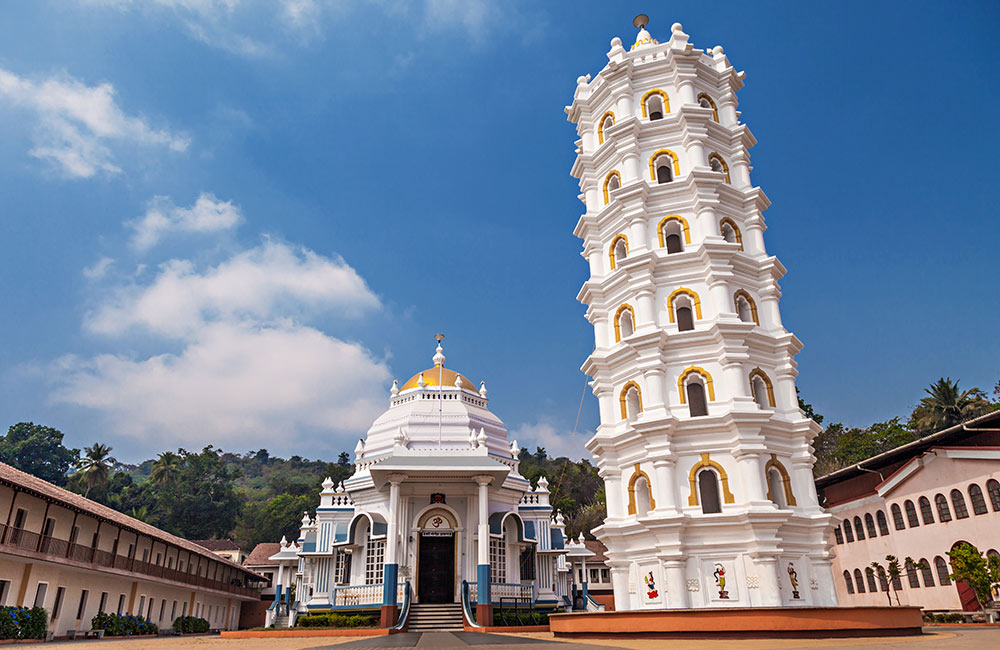Discovering Religious Serenity: A Information to Temples Close to You
Associated Articles: Discovering Religious Serenity: A Information to Temples Close to You
Introduction
With nice pleasure, we are going to discover the intriguing subject associated to Discovering Religious Serenity: A Information to Temples Close to You. Let’s weave fascinating data and provide recent views to the readers.
Desk of Content material
Discovering Religious Serenity: A Information to Temples Close to You

Temples, whether or not grand architectural marvels or humble locations of worship, provide a novel mix of historical past, artwork, and religious solace. They function home windows into completely different cultures, beliefs, and creative expressions, offering a wealthy and rewarding expertise for guests. This text goals to be your information to exploring the temples in your neighborhood, highlighting their distinctive options and providing sensible data to make your go to enriching and respectful. Since I haven’t got entry to your exact location, I am going to present a framework you’ll be able to adapt to find the temples close to you. Exchange the bracketed data with specifics related to your space.
Step 1: Figuring out Temples Close to You
Start by using on-line search engines like google like Google, Bing, or MapQuest. Seek for key phrases like "[Your City/Town] temples," "[Your State/Region] spiritual websites," or "[Specific religion] temples close to me." Specify the faith you are fascinated by (e.g., Buddhist, Hindu, Jain, Sikh, Christian, and many others.) to slender your search. On-line maps can visually present you the places and distances to those websites. Evaluate web sites like TripAdvisor, Yelp, or native tourism web sites for consumer opinions, photographs, and extra data.
Step 2: Analysis and Prioritize Your Selections
Upon getting a listing of potential temples, delve deeper into their particular person histories and traits. Contemplate the next:
-
Historic Significance: Some temples boast centuries-old histories, housing historic artifacts and architectural kinds. Analysis their origins, building intervals, and any important historic occasions related to them. [Example: The [Temple Name] in [Location] dates again to the [Time Period] and is thought for its [Unique Feature, e.g., intricate carvings, historical relics]].
-
Architectural Fashion: Temples typically showcase numerous architectural kinds reflecting their spiritual traditions and the area’s cultural influences. Observe down the predominant architectural fashion (e.g., Dravidian, Nagara, Indo-Saracenic) and any notable options like intricate carvings, towering gopurams (temple towers), or distinctive constructing supplies. [Example: The [Temple Name] is a surprising instance of [Architectural Style] structure, characterised by its [Distinctive Feature, e.g., soaring shikhara, elaborate mandapas]].
-
Non secular Significance: Perceive the deity or deities worshipped on the temple and the importance of the rituals and festivals celebrated there. This may make it easier to respect the religious context of your go to. [Example: The [Temple Name] is devoted to [Deity], a distinguished determine in [Religion], and is especially identified for its [Festival/Ritual, e.g., annual chariot festival, elaborate aarti ceremony]].
-
Accessibility and Visiting Hours: Verify the temple’s official web site or contact them immediately to substantiate their visiting hours, entry charges (if any), and any gown code necessities. Make sure the temple is accessible to you, contemplating elements like transportation, parking, and bodily accessibility.
Step 3: Planning Your Go to
As soon as you have shortlisted a number of temples, plan your go to meticulously to maximise your expertise:
-
Transportation: Decide the perfect mode of transportation to succeed in the temple – driving, public transport, or ride-sharing providers. Verify for parking availability and potential visitors congestion, particularly throughout peak hours or festivals.
-
Costume Code: Most temples have gown codes that encourage modest apparel. Typically, this entails overlaying your shoulders and knees. Analysis the precise gown code for every temple to keep away from any inconvenience.
-
Images: Whereas pictures is commonly allowed, sure areas inside the temple may be restricted. Respect the temple’s guidelines relating to pictures and keep away from disruptive conduct.
-
Respectful Conduct: Do not forget that temples are locations of worship. Keep silence, gown modestly, and behave respectfully in direction of the deities, monks, and fellow guests. Chorus from loud conversations, consuming, or inappropriate conduct.
-
Length of Go to: Allocate enough time to your go to to permit for a radical exploration of the temple advanced and participation in any rituals or ceremonies you may be fascinated by.
-
Guided Excursions: Contemplate hiring a neighborhood information for a deeper understanding of the temple’s historical past, structure, and non secular significance. Many temples provide guided excursions or have data facilities the place you’ll be able to study extra.
Step 4: Pattern Temple Profiles (Adapt these to your native temples):
(Exchange the bracketed data with particulars particular to temples close to you)
Temple A: [Temple Name]
- Location: [Address and City]
- Deity: [Deity worshipped]
- Architectural Fashion: [Style, e.g., Dravidian]
- Historic Significance: [Brief history and notable features]
- Visiting Hours: [Days and times]
- Particular Options: [Unique aspects, e.g., intricate carvings, ancient sculptures]
- Issues to Observe: [Dress code, photography rules, accessibility information]
Temple B: [Temple Name]
- Location: [Address and City]
- Deity: [Deity worshipped]
- Architectural Fashion: [Style, e.g., Nagara]
- Historic Significance: [Brief history and notable features]
- Visiting Hours: [Days and times]
- Particular Options: [Unique aspects, e.g., stunning murals, peaceful gardens]
- Issues to Observe: [Dress code, photography rules, accessibility information]
Temple C: [Temple Name]
- Location: [Address and City]
- Deity: [Deity worshipped]
- Architectural Fashion: [Style, e.g., Modern/Contemporary]
- Historic Significance: [Brief history and notable features]
- Visiting Hours: [Days and times]
- Particular Options: [Unique aspects, e.g., community events, meditation spaces]
- Issues to Observe: [Dress code, photography rules, accessibility information]
Step 5: Mirror and Share Your Experiences
After your go to, take time to replicate in your expertise. What facets of the temple resonated with you essentially the most? What did you study concerning the faith, tradition, and historical past of the area? Share your experiences with family and friends, and think about leaving a evaluate on-line to assist different potential guests.
By following these steps, you’ll be able to embark on an enchanting journey of discovery, exploring the wealthy tapestry of religious and cultural heritage represented by the temples in your space. Bear in mind to method every temple with respect, curiosity, and a real want to study and respect its distinctive significance. Get pleasure from your exploration!








Closure
Thus, we hope this text has offered beneficial insights into Discovering Religious Serenity: A Information to Temples Close to You. We hope you discover this text informative and useful. See you in our subsequent article!